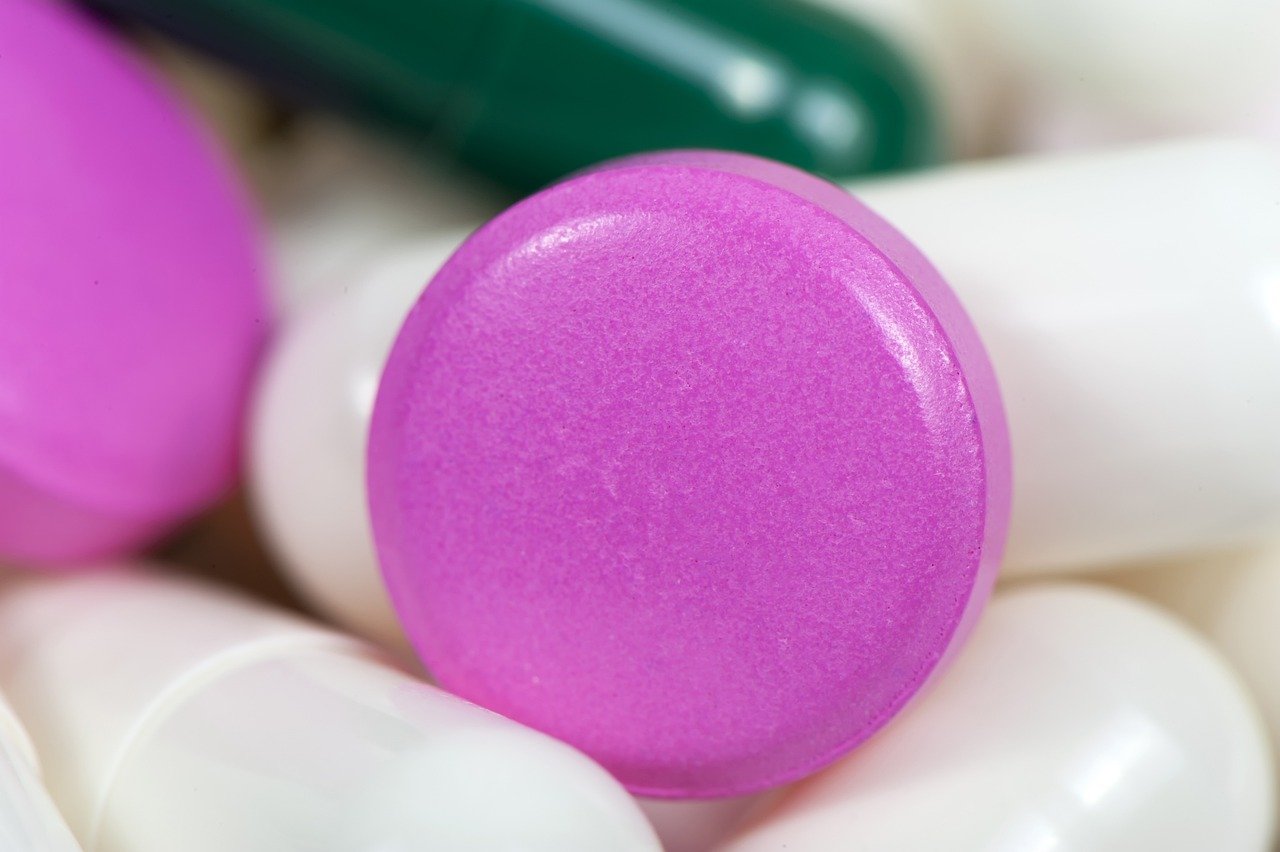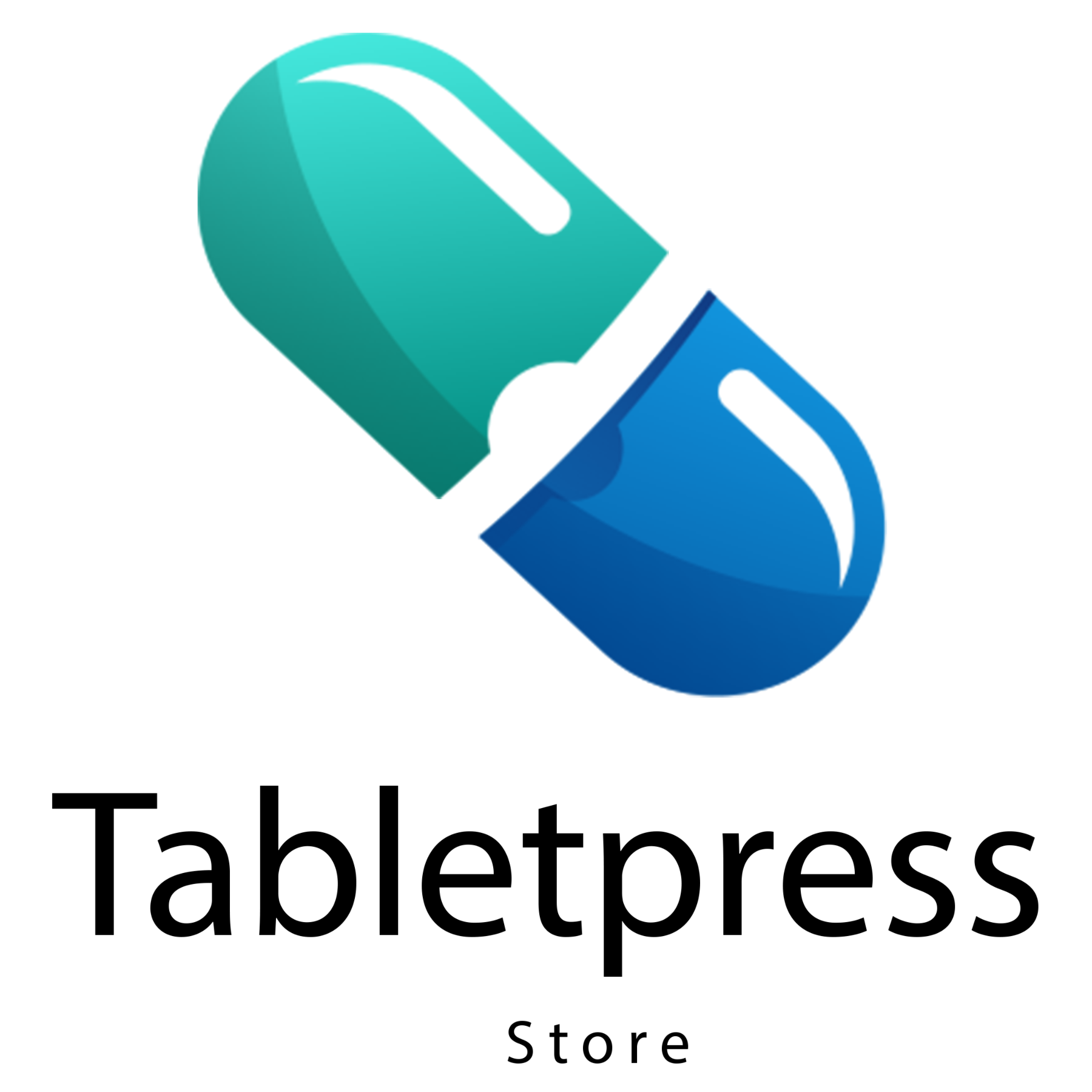Challenges and Solutions in Tablet Manufacturing: Ensuring Quality and Efficiency
Tablet manufacturing is one of the most critical processes in the pharmaceutical industry. Tablets are the most widely used dosage...
WELTWEITER VERSAND - Jetzt bestellen

Tablets, commonly known as pills, are solid dosage forms created by compacting powder or granules containing drug ingredients under high pressure in a tablet press. They can be round, oval, or other special shapes, often with letters or numbers engraved to identify their drug content and efficacy. Tablets are the most commonly used drug dosage form globally due to their portability, easy storage, and ease of use.
Tablets can be categorized based on their function, shape, and method of administration. Here are some common types:
Compressed tablets are formed by applying high pressure to drug powder or granules in a tablet press machine. They may include fillers, compression agents, and lubricants to optimize the tableting process. This is the most common type of tablet, used widely across various therapeutic areas.
These tablets are covered with a thin film coating, which improves taste, enhances aesthetics, and masks the taste of the drug. The coating also provides protection from moisture and other environmental factors, thereby improving the stability and shelf life of the tablet.
Sustained-release tablets are designed to release the drug gradually over a prolonged period. This helps maintain a stable drug concentration in the bloodstream, reducing the frequency of dosing and improving patient compliance.
Compressed tablets are formed by applying high pressure to drug powder or granules. They may also include fillers, compression agents, and lubricants to optimize the tableting process and tablet properties.
Compressed tablets are used for various medications, including antibiotics, pain relievers, antidepressants, lipid-regulating drugs, and vitamins. Their release rate and time can be adjusted to meet specific therapeutic needs.
Film-coated tablets are coated with one or more layers of drugs or substances to protect the drug from decomposition, improve taste, and enhance the tablet's appearance.
Sustained-release tablets release drugs gradually over time to maintain stable blood drug concentrations, reducing the need for frequent dosing.
These tablets ensure stable and long-lasting drug treatment, reducing fluctuations in drug concentration and decreasing the frequency of medication intake.
Effervescent tablets contain a desiccant like sodium bicarbonate, which dissolves quickly in water, producing bubbles. They are used for the rapid delivery and release of oral drugs.
When effervescent tablets contact water, a chemical reaction produces carbon dioxide, causing the tablet to dissolve and release the drug quickly.
Different types of tablets allow healthcare providers to choose the most appropriate dosage form based on the patient's needs and drug characteristics. For drugs sensitive to gastric acid or irritating to the stomach, enteric-coated tablets are suitable. Sustained-release tablets maintain stable plasma drug concentrations, while soluble tablets are ideal for patients who have difficulty swallowing. By selecting the right type of tablet, healthcare professionals can ensure optimal drug absorption and efficacy while minimizing side effects.
For more information about tablets, capsules, and pharmaceutical products, Tabletpress store can provide valuable assistance. Contact us to learn more and get answers to your questions.
Tablet manufacturing is one of the most critical processes in the pharmaceutical industry. Tablets are the most widely used dosage...
Tablet compression technology has evolved significantly over the years, driven by the need for more efficient, precise, and versatile solutions...
Tablet press machines, often referred to as tablet compression machines, are essential tools in the pharmaceutical industry. These machines are...
Tablet compression machines, also known as tablet presses, are the backbone of tablet manufacturing in the pharmaceutical industry. These machines...
